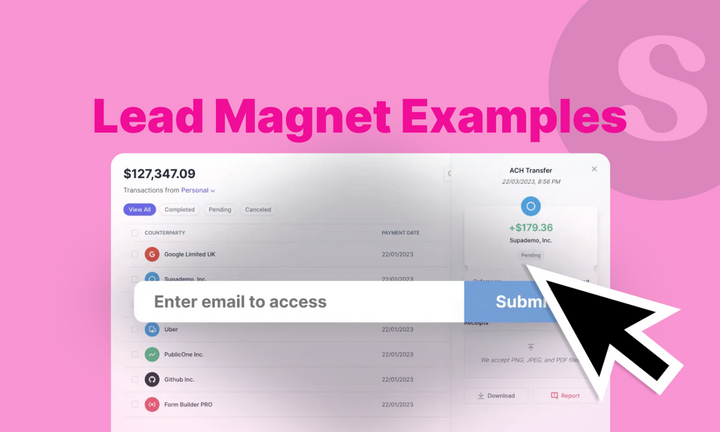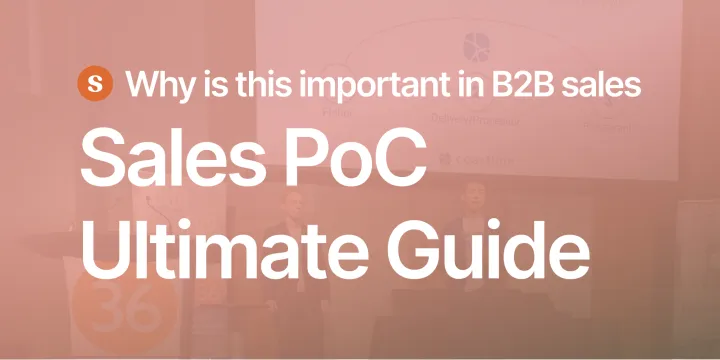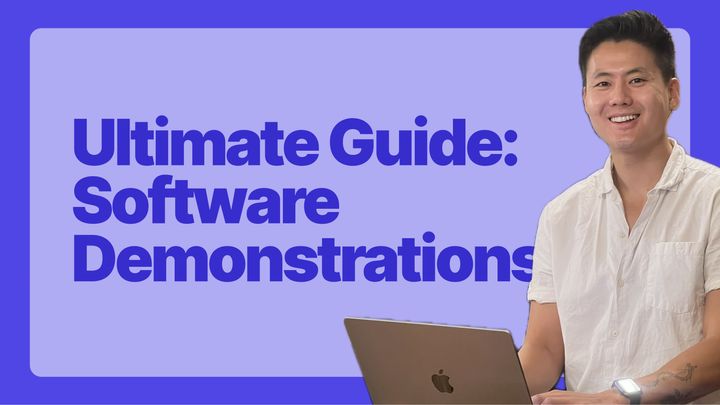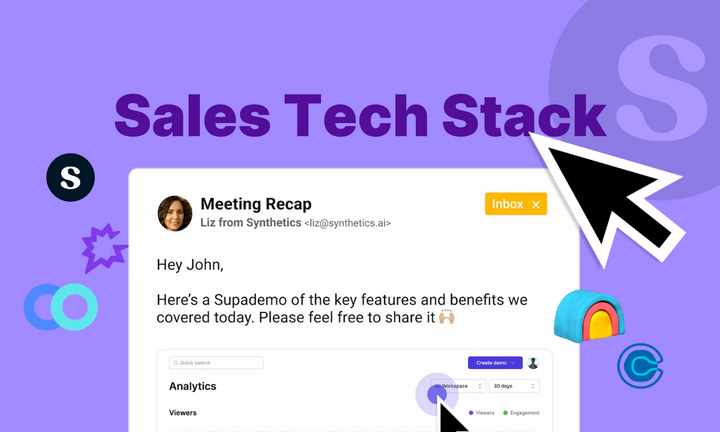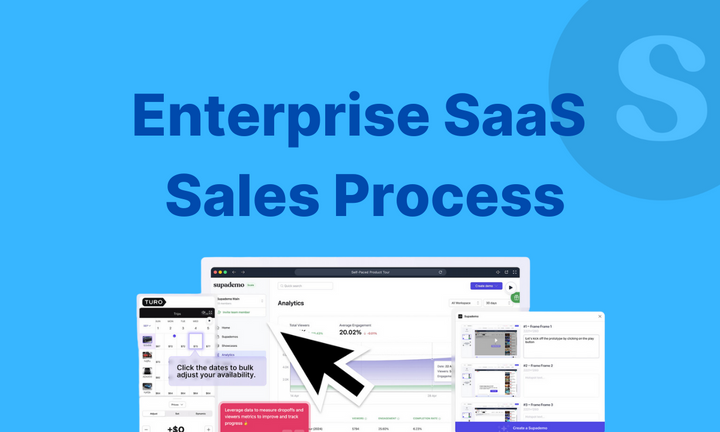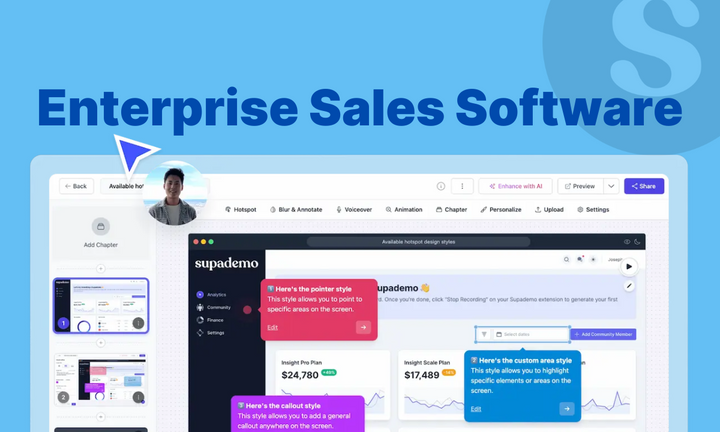Today’s buyers don’t give up their email for free. They need a reason—and that reason better be valuable, fast, and frictionless. That’s where lead magnets come in.
A lead magnet is an intentional value exchange. You offer something genuinely helpful (not fluffy), and your audience gives you their contact info in return. It’s the first handshake in a relationship that, done right, turns into revenue.
In this post, we’re not just giving you a laundry list of tired ideas. We’ve rounded up 22 battle-tested lead magnet types—with real examples you can rip, remix, or launch tomorrow.
Whether you’re in SaaS, eCommerce, consulting, or content, you’ll find magnets that actually attract, engage, and convert.
Let’s get into it.
TL;DR
• What separates high-converting lead magnets from forgettable ones
• A curated list of proven lead magnet formats that actually work and ideas for every funnel stage, audience type, and business model
• Tactical best practices to boost conversions and engagement
What makes a great lead magnet?
Not all lead magnets are created equal. Slapping together a PDF and gating it behind a form won’t cut it anymore. Buyers are savvier, more distracted, and way more selective about who gets access to their inbox based on how far along they are in the lead generation funnel.
If you want to earn that email, your lead magnet has to do four things exceptionally well:
1. Solve a real, painful problem
Your lead magnet needs to hit a nerve. The best ones speak directly to something your audience is actively struggling with—whether it's “how to increase demo show rates” or “what metrics actually matter for SaaS retention.”
Here's an example -
If it doesn’t solve a problem they care about right now, it won’t convert. Period.
2. Be stupid-easy to access and consume
Time is the new currency. If someone needs to create an account, confirm an email, and sit through a webinar replay to get value—you're losing them.
Think instant gratification: one-click downloads, short Loom-style videos, interactive walkthroughs (shoutout Supademo).
Your lead magnet should say: “Here’s something useful you didn’t know you needed—and it’ll take less than 5 minutes to see results.”
3. Offer something specific and actionable
Generic = ignored.
“10 Marketing Tips” isn’t a lead magnet. “10 LinkedIn Hook Formulas That Got Us 2,500+ Followers in 30 Days”? Now we’re talking.
The more specific your promise, the more compelling the magnet. Bonus points if you can make it swipeable, fill-in-the-blank, or plug-and-play.
4. Design + CTA matter more than you think
People absolutely judge the content by its cover.
Your lead magnet should look polished and modern. Use clean design, clear headlines, and tight layout—even if it’s just a checklist. This isn’t just about aesthetics. Good design signals trust and professionalism.
Pair it with a high-converting CTA like:
• “Get the Free Toolkit” (not “Submit”)
• “Download the Playbook” (not “Learn More”)
• “Try the Demo” (with a Supademo embed right in the CTA flow)
Visual hierarchy matters. CTA buttons should pop. Forms should be short. And value should be obvious at a glance.
22 Lead magnet ideas with examples
| Lead Magnet Type | Why It Works |
|---|---|
| Webinars | Live, time-bound education with expert value. |
| Interactive Demos | Hands-on, product-driven experience that builds trust and accelerates buying decisions. |
| Reports and Industry Studies | Data-backed insights that establish authority and drive strategic discussions. |
| Newsletters | Build ongoing relationships with high intent subscribers through value-packed updates. |
| Free Tools | Offer immediate utility and ongoing traffic generation—perfect for product-led growth. |
| Blog Content Upgrades | Contextual value add-ons that boost on-page conversions without new content creation. |
| Ebooks | Deep dives into problems and solutions that demonstrate thought leadership. |
| Whitepapers | Ideal for technical audiences who need detailed analysis and research-backed content. |
| Case Studies | Powerful social proof showing real-world outcomes from using your solution. |
| Checklists | Quick-win, high-utility formats that are easy to scan and instantly usable. |
| Free Trials | Let users experience your product directly—ideal for PLG and SaaS models. |
| ROI Calculators | Personalized value previews that build urgency and show business impact clearly. |
| Free Courses | Deliver expert knowledge while positioning your brand as the go-to educator. |
| Comparison Guides | Help buyers navigate decisions while subtly positioning your solution as the front-runner. |
| Templates | Plug-and-play tools that save time and get users to “aha” moments faster. |
| Early Access Programs | Leverage exclusivity and FOMO to drive urgency and build engaged beta communities. |
| Quizzes | Highly personalized and engaging, ideal for segmentation and list-building. |
| Certification Courses | Offer tangible career value while creating product advocates and community. |
| Personalized Audits or Consultations | High-conversion magnets that tie directly into your sales funnel and show expertise. |
| Downloadable Kits | Bundle multiple high-utility assets for increased perceived value and longer engagement. |
| Planners and Playbooks | Step-by-step execution frameworks that help users take immediate action. |
| Exclusive resource libraries | Once inside, users are likely to explore multiple resources, increasing engagement. |
1. Interactive demos
Example: Supademo’s Sales Enablement Tour
Supademo doesn’t just demo products—it turns them into self-serve, interactive experiences that guide users step-by-step. Their Sales Enablement Tour is a great example of how a lead magnet can show, not just tell. Instead of asking someone to read a case study or watch a video, Supademo puts them inside the product—clickable, branded, and friction-free.

It’s the difference between “here’s what we do” and “here’s what it’s like to use us.”
Interactive demos are the modern way to deliver product-led value without asking for a meeting or signup. Supademo makes this easy by letting you build no-code walkthroughs in minutes, complete with branching paths and engagement analytics baked in.
Why it works:
➡️ Shows product value instantly – Prospects don’t need to book a demo or talk to sales to experience the core product benefit.
➡️ Frictionless lead capture with built-in analytics – You can gate a demo after a few steps or use analytics to qualify based on engagement.
➡️ Ideal for sales enablement and partner training – The same asset used for lead gen can also be reused to ramp reps or resellers.
Pro tip: Don’t just use Supademo at the top of the funnel. Embed it across your site—product pages, feature breakdowns, post-webinar follow-ups, even onboarding flows. It's one of the rare lead magnets that works before and after someone converts.
Execution idea:
Homepage CTA: Replace “Request a Demo” with “See It in Action” and link to an ungated Supademo tour.
Blog lead magnet: Embed a Supademo inside blog posts to show how to execute what the content teaches.
Sales follow-up: Share tailored demos via email, tracking who clicks, how far they go, and what they interact with.
Stack it with: ROI calculators or ebooks. For example, after downloading a “Productivity Playbook,” serve a Supademo that visually walks them through how to apply the concepts using your tool.
2. Webinars
Example: Drift’s Conversational Marketing Masterclass

Drift doesn’t treat webinars like a checkbox—they treat them like prime-time events.
Their Conversational Marketing Masterclass features real practitioners (not just internal folks), dives into specific pain points, and gives attendees clear frameworks they can act on immediately. The tone is casual but credible, and the content is always grounded in what’s working now—not theory.
This is what separates webinars that generate pipeline from those that fizzle out. Drift positions the session as a must-attend experience, not just a long-form sales deck. And they build anticipation ahead of time: teaser posts on LinkedIn, email countdowns, and calendar invites that lock in attendance.
➡️ Creates urgency through event-based promotion – People sign up because they don’t want to miss out.
➡️ Builds trust with live Q&A and real conversation – The audience hears directly from experts and can ask questions, which adds transparency.
➡️ Doubles as gated content – Once the live event is done, the value doesn’t die. Drift slices it up into clips and gates the full replay behind a lead form for evergreen capture.
Execution idea:
- Before the webinar: Create a landing page with a strong CTA (“Reserve your spot for a 30-minute growth teardown with [guest expert]”).
- During the webinar: Share a Supademo live to walk attendees through a real workflow or product tactic.
- After the webinar: Gate the replay, follow up with bonus assets, and include Supademos as great webinar leave-behinds to drive next-step action.
3. Reports and industry studies
Example: HubSpot’s State of Marketing
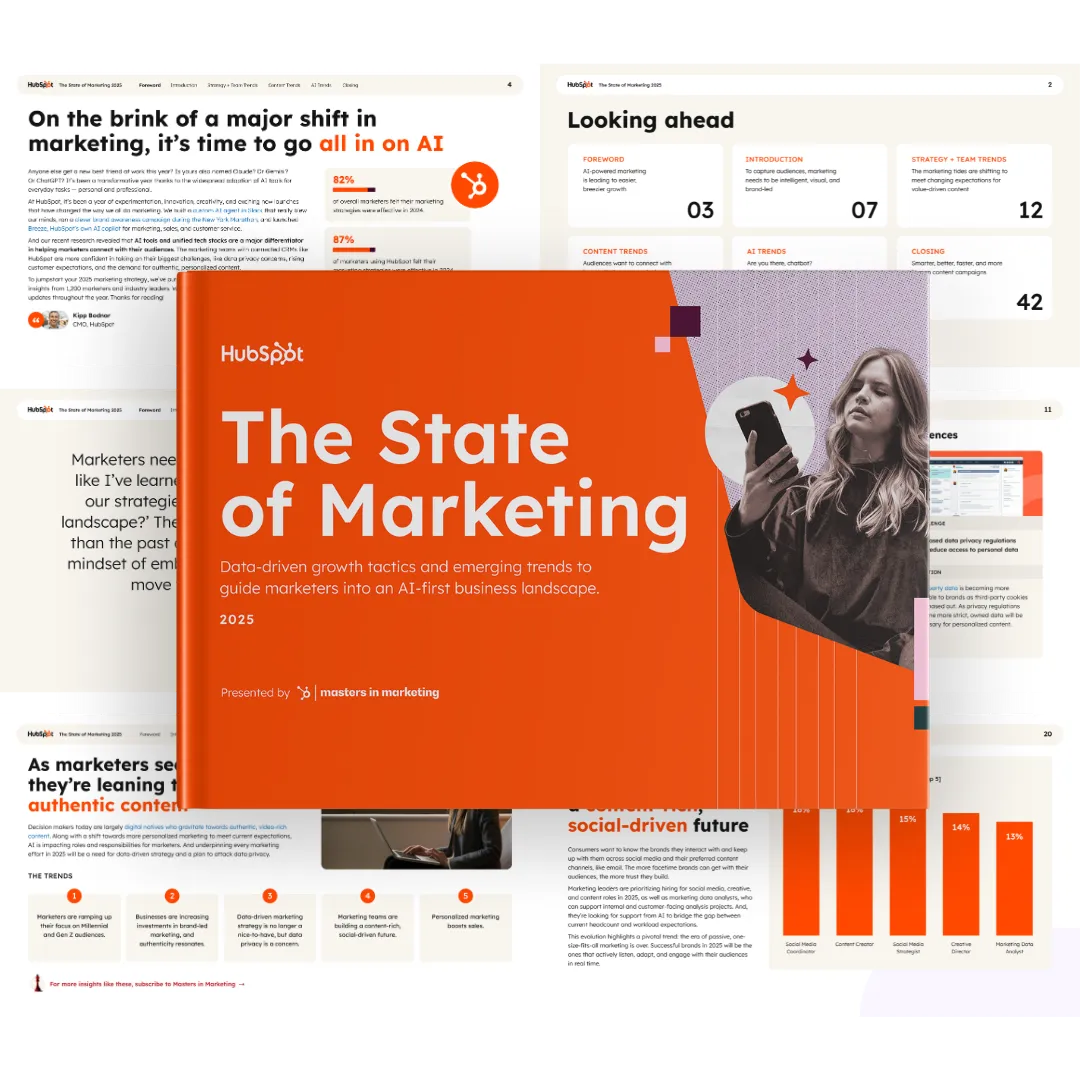
Every year, HubSpot drops a beautifully packaged, data-heavy State of Marketing report. It’s not just fluff—it’s stacked with benchmarks, trends, charts, and pull quotes that marketers use in decks, meetings, and strategy docs. It ranks in search, gets cited in newsletters, and earns backlinks from agencies, consultants, and VCs.
This kind of content is a lead magnet powerhouse when done right: it positions your brand as an authority, attracts top-funnel interest, and gives sales teams a non-promotional asset to lead with.
➡️ Earns authority and backlinks – Credible data gets referenced in content, talks, and articles.
➡️ Drives TOFU downloads – Broad topics appeal to wide segments and fill your CRM with relevant leads.
➡️ Perfect anchor content for PR and social – Easy to slice into visuals, quotes, and charts for repurposing.
Execution idea:
- Launch the report via a dedicated landing page with email capture.
- Share teaser stats on LinkedIn with a link to download.
4. Newsletters
Example: Lenny’s Newsletter

Lenny Rachitsky turned his Substack into a B2B juggernaut by delivering tactical insights for product and growth leaders every single week. The content is clear, tight, and super relevant. He built trust not by selling—but by showing up consistently with real value. That consistency compounds.
A good newsletter isn’t a broadcast—it’s a relationship channel. It warms up leads over time, earns attention, and drives organic referrals from people forwarding it to teammates.
➡️ Builds recurring touchpoints – You stay top of mind every week without retargeting spend.
➡️ High intent, warm audience – Subscribers open, click, and convert at higher rates.
➡️ Great channel to distribute other lead magnets – Courses, tools, webinars—everything else starts here.
Execution idea:
- Offer a 3-part “welcome series” with your best past issues.
- Segment subscribers by topic interest and send lead magnets matched to their niche.
- Use Supademo in email campaigns to turn educational content into product discovery moments.
5. Free tools
Example: VEED.IO’s Subtitle Generator
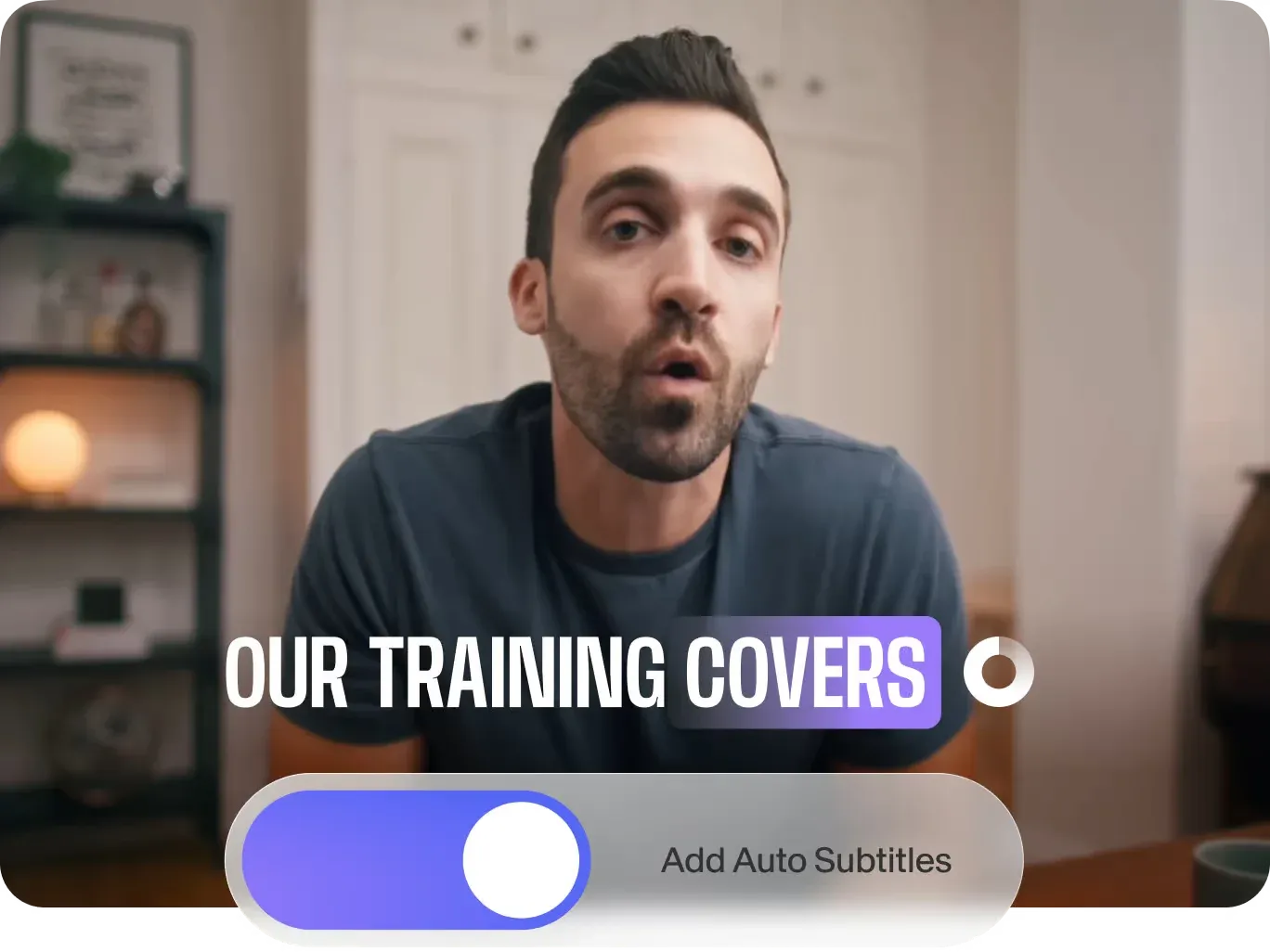
VEED doesn’t just sell video editing software—they give creators immediate value with free tools like a subtitle generator. And they have tons of tools like these.
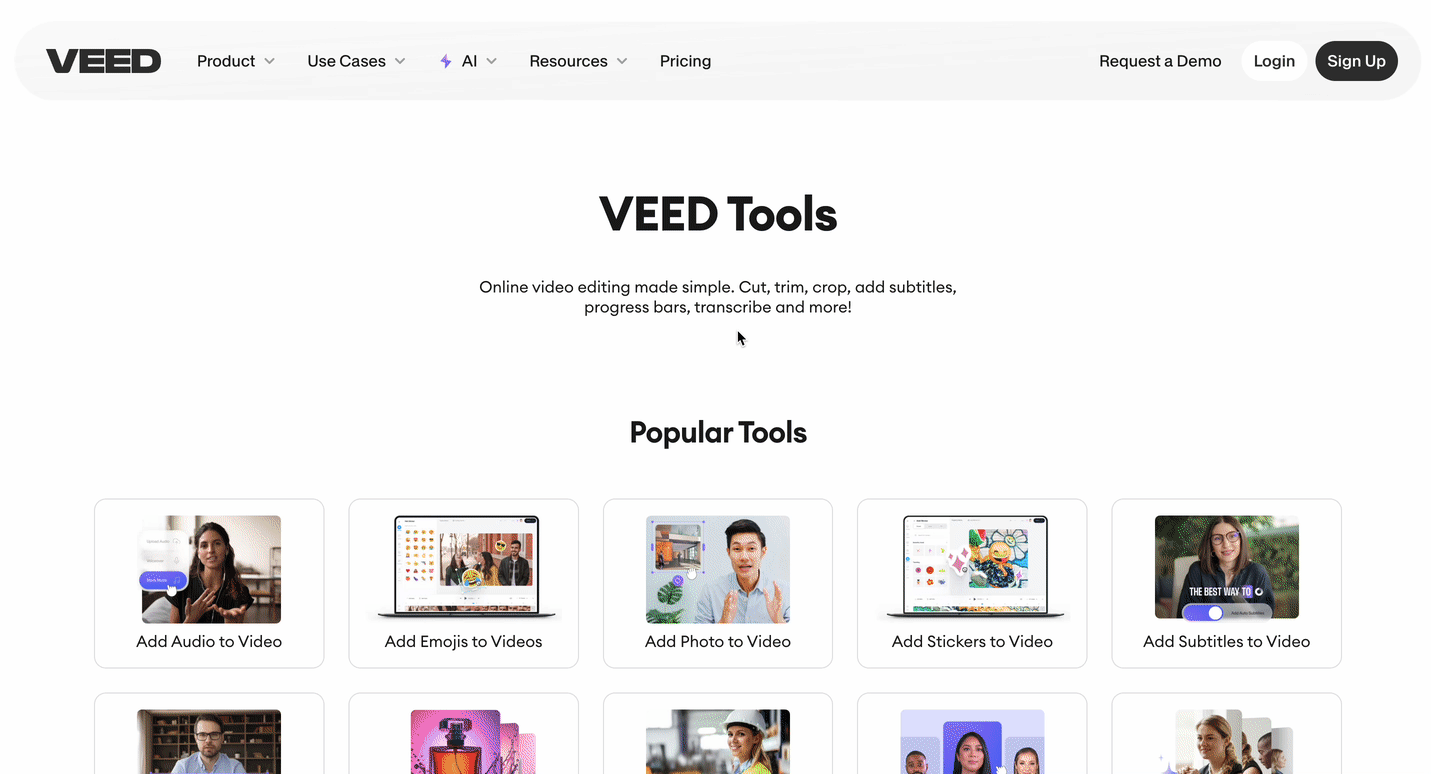
No account required, no forced signup. The tools are useful on their own, and that’s the point. Users arrive, solve a problem, and only then get nudged toward premium features.
This “tool-first” approach is the blueprint for product-led growth. The user gets a win, and you earn the right to convert later.
➡️ High-volume traffic magnet – People search for tools, not theory. Tools rank and attract links.
➡️ Offers real, immediate value – No fluff, no friction—just solving problems.
➡️ Great entry point for PLG-style upsell – Users discover value before ever hitting the paywall.
Execution idea:
- Use Ahrefs or Google Search Console to find tool-related keywords you already rank for.
- Build a lightweight version of your product to match that intent.
- Bonus: Embed Supademo inside the tool to showcase the tool in action with deeper use cases and trigger upgrade CTAs at peak engagement.
6. Blog content upgrades
Example: Backlinko’s SEO Checklist
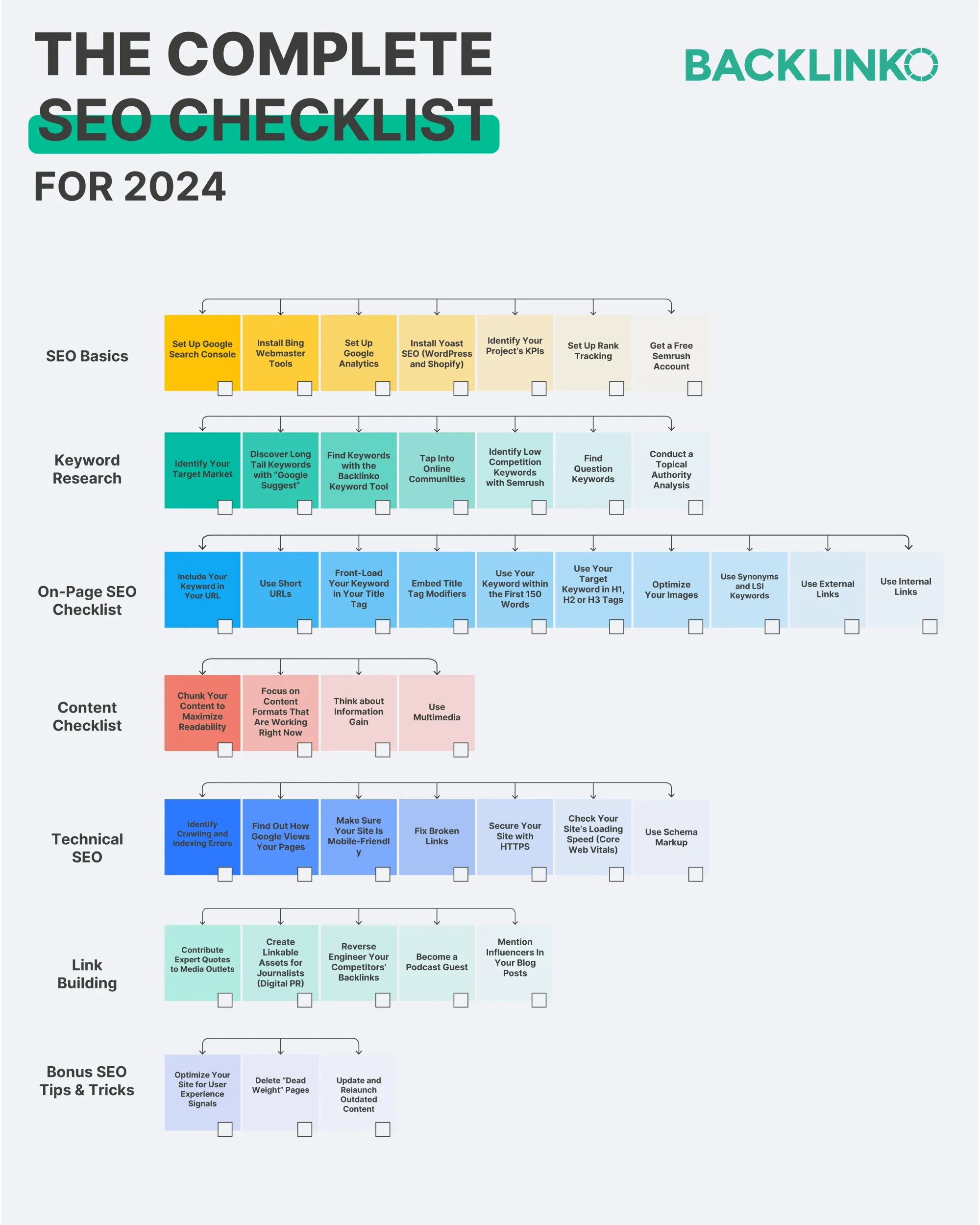
Brian Dean of Backlinko pairs his blog posts with ultra-relevant downloadable checklists—offered via inline CTAs at the exact moment the reader wants to take action. For example, a post on link-building strategies might offer a gated PDF checklist to execute those steps.
The best part? He doesn’t have to create new content. He just repackages what’s already working into a more usable format.
➡️ Contextually relevant to the article – Readers are already bought into the topic.
➡️ High conversion due to aligned intent – It’s not disruptive—it’s a logical next step.
➡️ Doesn’t require new content creation – You’re maximizing value from assets that already perform.
Execution idea:
- Pick 5–10 high-traffic blog posts with strong time-on-page.
- Create 1-page checklists, cheat sheets, or swipe files based on that content.
7. Ebooks
Example: Intercom’s Customer Support Guide
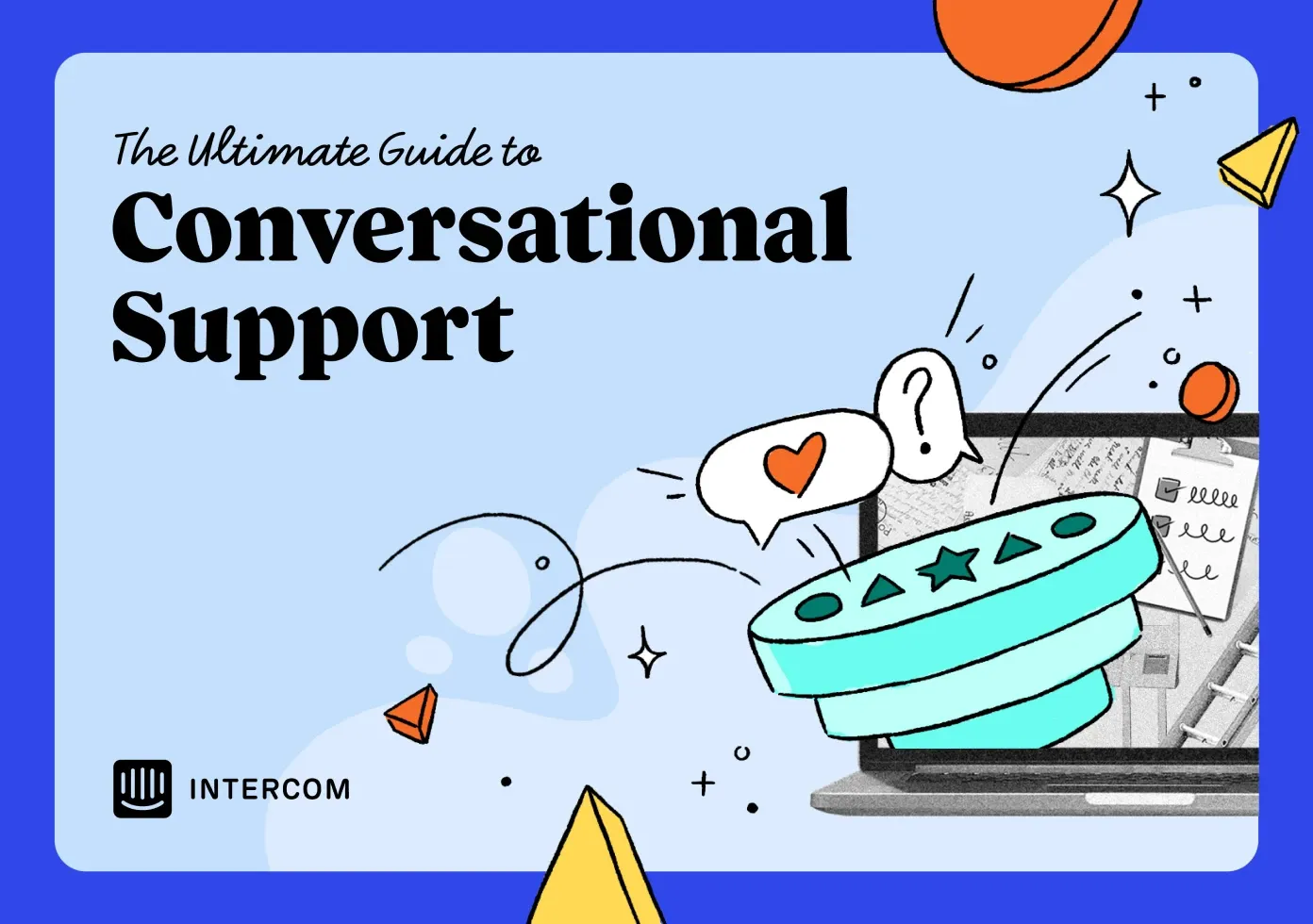
Intercom packaged blog posts, product insights, and third-party data into a beautifully designed ebook on modern customer support. It’s informative without being preachy, easy to skim, and visually on-brand. The result? A lead magnet that doesn’t feel like one.
Ebooks still work—but only when they’re specific, well-designed, and solve a real problem. Intercom nails the balance between thought leadership and tactical value.
➡️ Perceived as high value – A 20+ page PDF feels premium, especially when well-designed.
➡️ Great for mid-funnel education – Perfect for prospects who want to learn before they buy.
➡️ Shareable and evergreen – Lives on as a resource in emails, Slack channels, and LinkedIn posts.
8. Whitepapers
Example: Salesforce’s CRM Trends Report
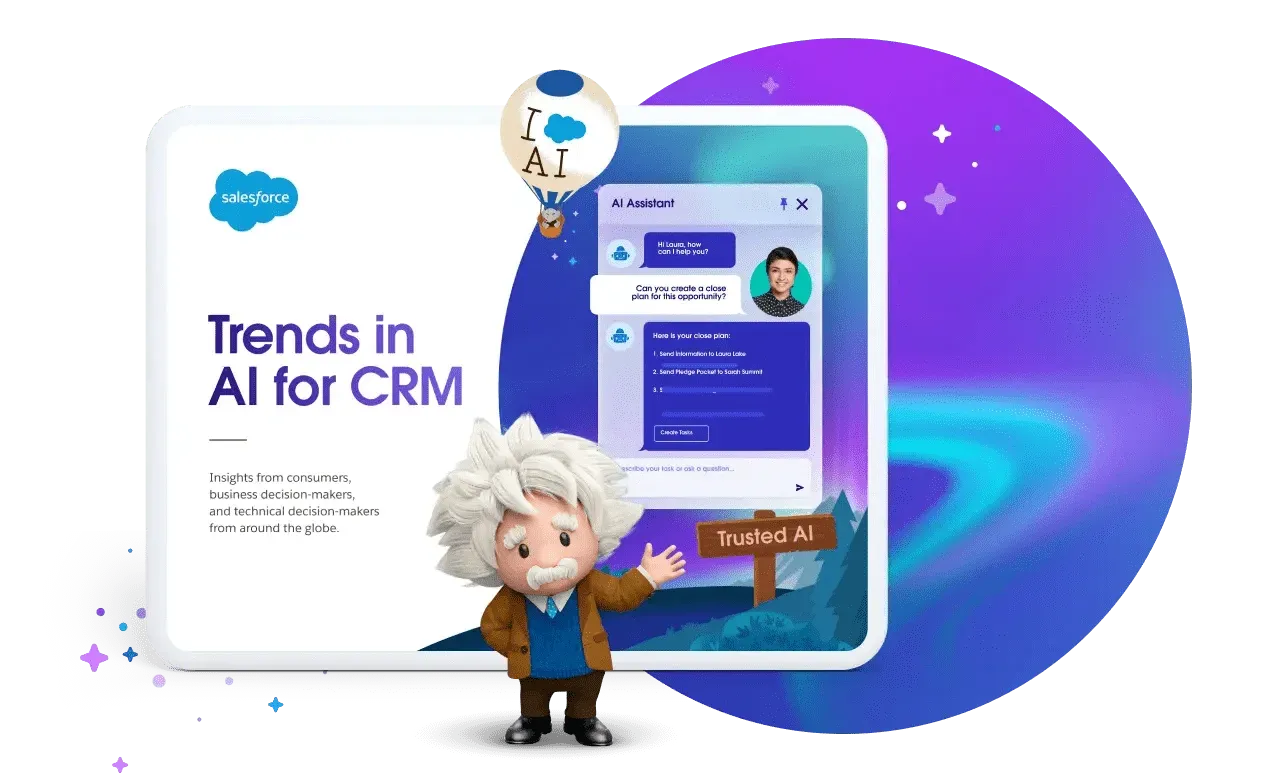
Salesforce regularly publishes long-form whitepapers aimed at executives and IT buyers. These are technical, data-heavy, and strategy-driven—exactly what stakeholders need to justify big-ticket decisions internally.
Whitepapers aren’t for everyone—but if you’re selling into the enterprise or need to speak to compliance, security, or transformation, they’re gold.
➡️ Appeals to decision-makers – Built for the C-suite and procurement teams.
➡️ Validates product with thought leadership – Shows you understand the macro trends and how to address them.
➡️ Useful for ABM and outbound sales – Great content to personalize and share in 1:1 outreach.
Execution idea:
- Gate it behind a short form (name, email, role).
- Use the download as a sales trigger for follow-up.
9. Case studies
Example: Asana’s Enterprise Success Stories

Asana presents customer stories segmented by industry and use case. These are clear, visual, and outcome-driven—with stats like “cut onboarding time by 40%” or “shipped 3x faster with cross-functional workflows.”
Great case studies build trust fast. They help buyers see themselves in the success of others—and de-risk the decision emotionally.
➡️ Builds trust with real results – Concrete metrics beat generic claims every time.
➡️ Ideal for bottom-of-funnel leads – Especially when used in sales conversations.
➡️ Can be used by both sales and marketing – One asset, multiple applications.
10. Checklists
Example: Trello’s Content Checklist

Trello offers a downloadable checklist that helps content teams set up workflows, communication norms, and project tracking. It’s simple, visual, and immediately actionable—exactly what busy team leads are looking for.
Checklists are the ultimate “quick win” lead magnet. They're short, clear, and solve a focused problem. Plus, they’re easy to brand or co-brand, making them useful assets for both marketing and sales enablement.
➡️ Quick to consume – Ideal for users who want utility, not theory.
➡️ High utility and completion rate – Encourages fast implementation.
➡️ Easy to co-brand or customize – Perfect for partners, sales teams, or integrations.
Execution idea:
- Add it as a CTA inside related blog posts or onboarding sequences.
- Bundle multiple checklists into a downloadable “starter kit.”
11. Free trials
Example: Grammarly’s Free Tier
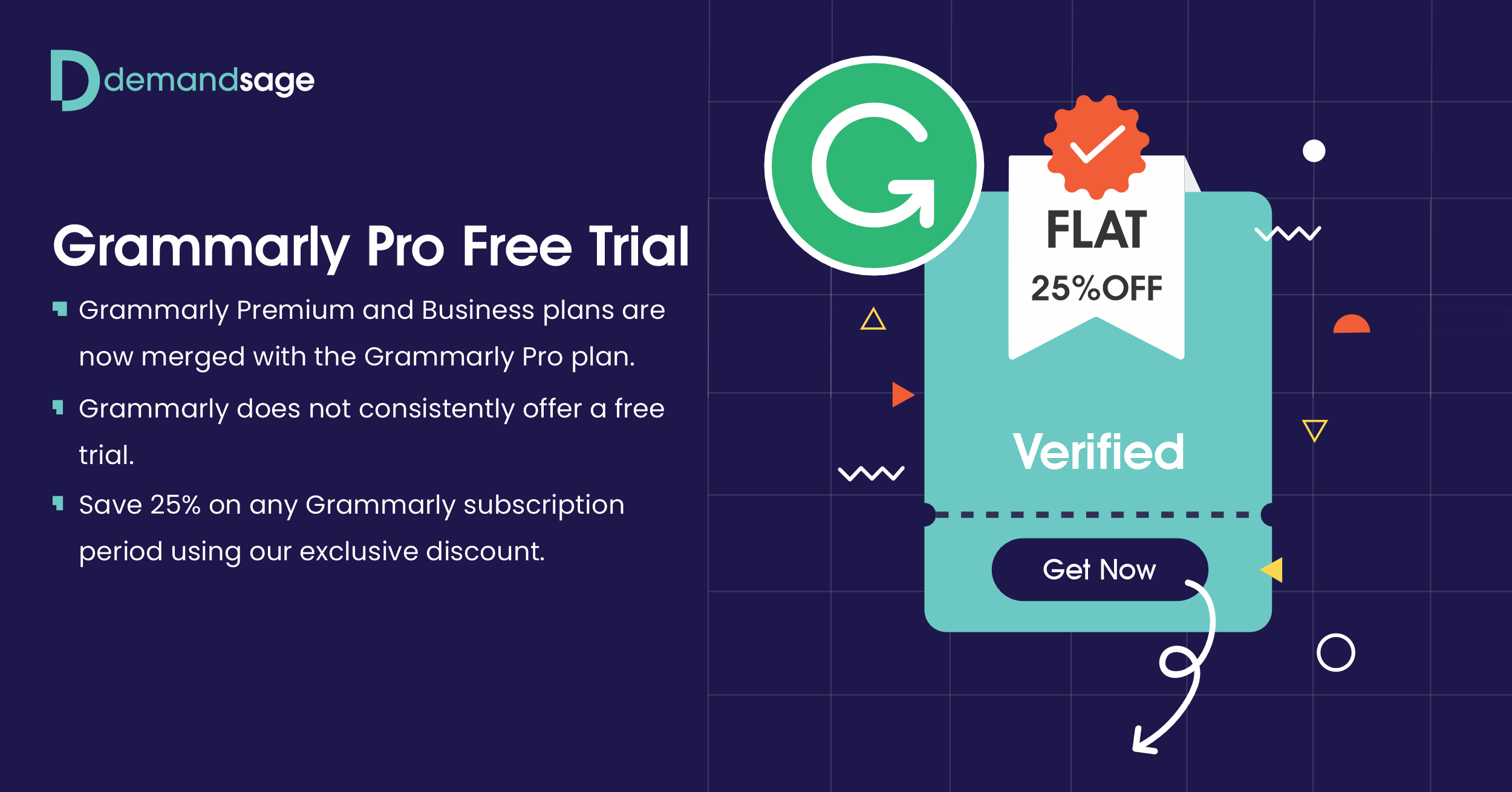
Grammarly gives users instant access to core features like spelling, grammar, and clarity suggestions—all without a credit card. Smart nudges promote their premium upgrade after the product proves its value.
Free trials are powerful because they give users direct access to the value you offer. But to work, they need to be paired with onboarding that gets users to their first “aha” moment fast.
➡️ Hands-on product experience builds trust – They’re not buying on blind faith.
➡️ Captures intent at the point of need – Solves a problem right when it arises.
➡️ Frictionless upsell path for power users – The more they use it, the more they need it.
Execution idea:
- Shorten your signup flow—remove friction and unnecessary fields.
- Use in-app messaging to surface key features at the right time.
- Track trial drop-offs and retarget with relevant content + demo links.
12. ROI calculators
Example: Vendr’s SaaS Savings Estimator

Vendr offers a calculator that shows potential cost savings from centralized software purchasing. Users answer a few quick questions, see a teaser result, then enter their email for a full savings breakdown.
ROI calculators are one of the highest-performing lead magnets for decision-makers—because they tie your solution directly to dollars.
➡️ Delivers personalized value in seconds – It’s about them, not you.
➡️ Positions product as a revenue enabler – Critical for CFOs and economic buyers.
➡️ Great for finance or C-suite personas – Shows strategic value, not just tactical benefits.
Execution idea:
- Create separate calculators for different ICPs or pricing tiers.
- Use the results to auto-personalize follow-up emails.
- Let sales use the calculator as a consultative tool in live calls or pitches.
13. Free courses
Example: HubSpot Academy
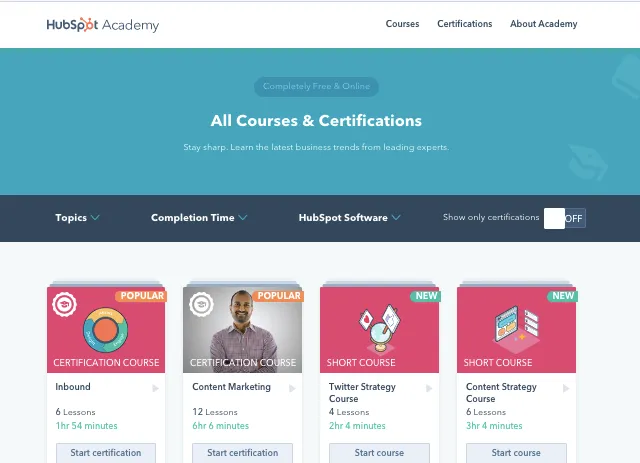
HubSpot offers a library of free, high-quality courses on everything from inbound marketing to sales automation. Each course includes video modules, quizzes, and completion certificates that learners can add to LinkedIn.
Free courses work because they build trust and competency. You're not just educating your market—you’re equipping them to become long-term users, customers, or advocates.
➡️ High perceived value – Courses feel premium and worth trading an email for.
➡️ Builds expertise and product familiarity – Learners get hands-on with your platform.
➡️ Creates long-tail SEO and brand lift – Indexed content brings in passive traffic.
Execution idea:
- Gate the course after module 1 to qualify only engaged users.
- Use Supademo between lessons to let users try the product while learning.
- Segment learners based on course path and trigger contextual upsells.
14. Comparison guides
Example: Webflow vs. WordPress
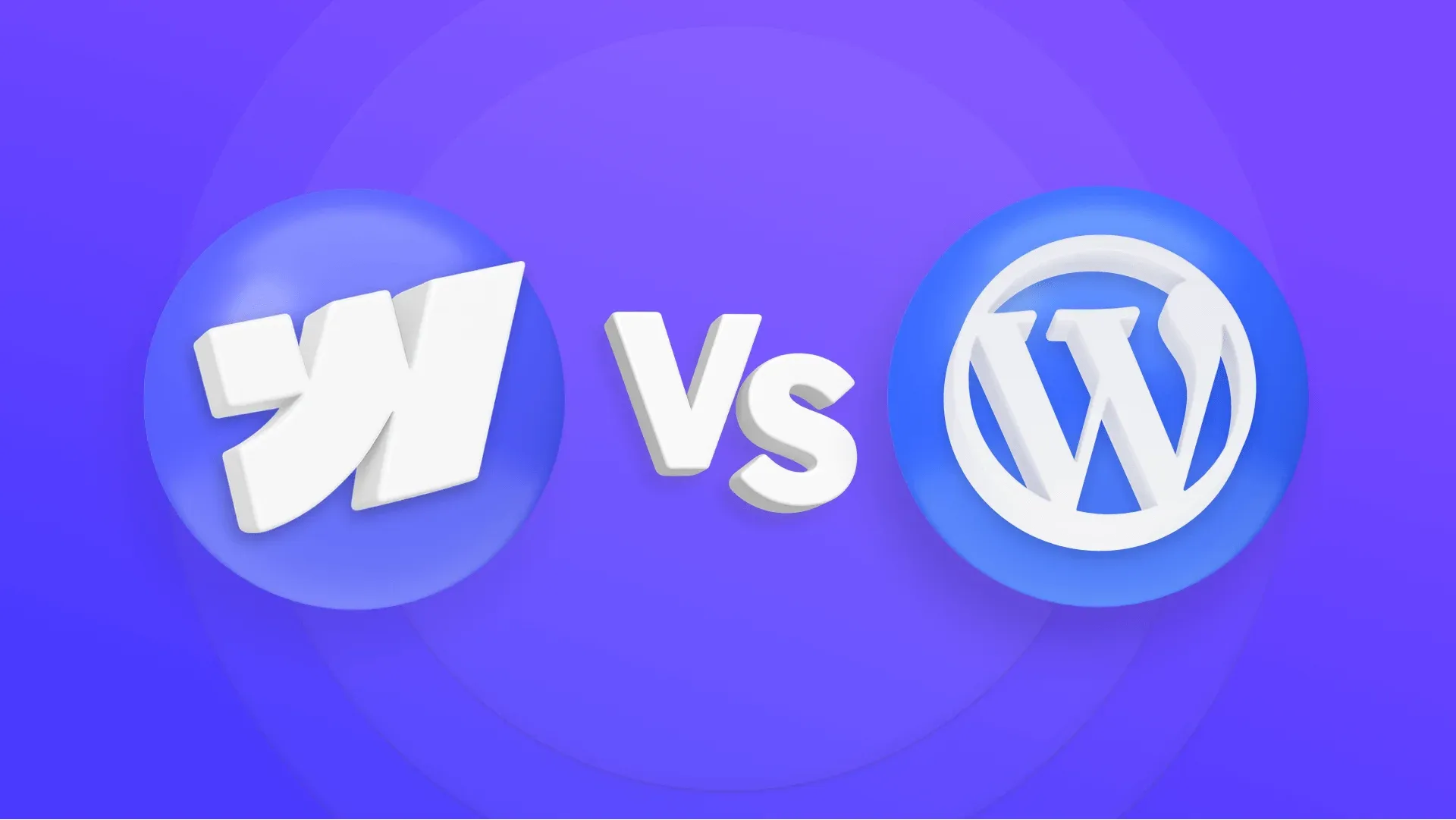
Webflow directly addresses the “Which one should I choose?” question by producing comparison pages that are clear, visual, and obviously favor Webflow’s value. The comparison guide is honest—but strategic.
This lead magnet type is perfect for switchers, evaluators, or buyers in the decision stage. You control the narrative while educating the user.
➡️ Helps buyers choose confidently – Especially useful for prospects stuck between options.
➡️ Positions your strengths strategically – Call out gaps in competitor offerings.
➡️ Supports bottom-funnel content and sales outreach – Shareable and defensible.
Execution idea:
- Create versions tailored to specific roles (“Webflow vs. WordPress for designers”)
- Offer a downloadable PDF or checklist at the end of the page.
- Include Supademos that show product UI differences side-by-side.
15. Templates
Example: HubSpot’s Email Marketing Templates
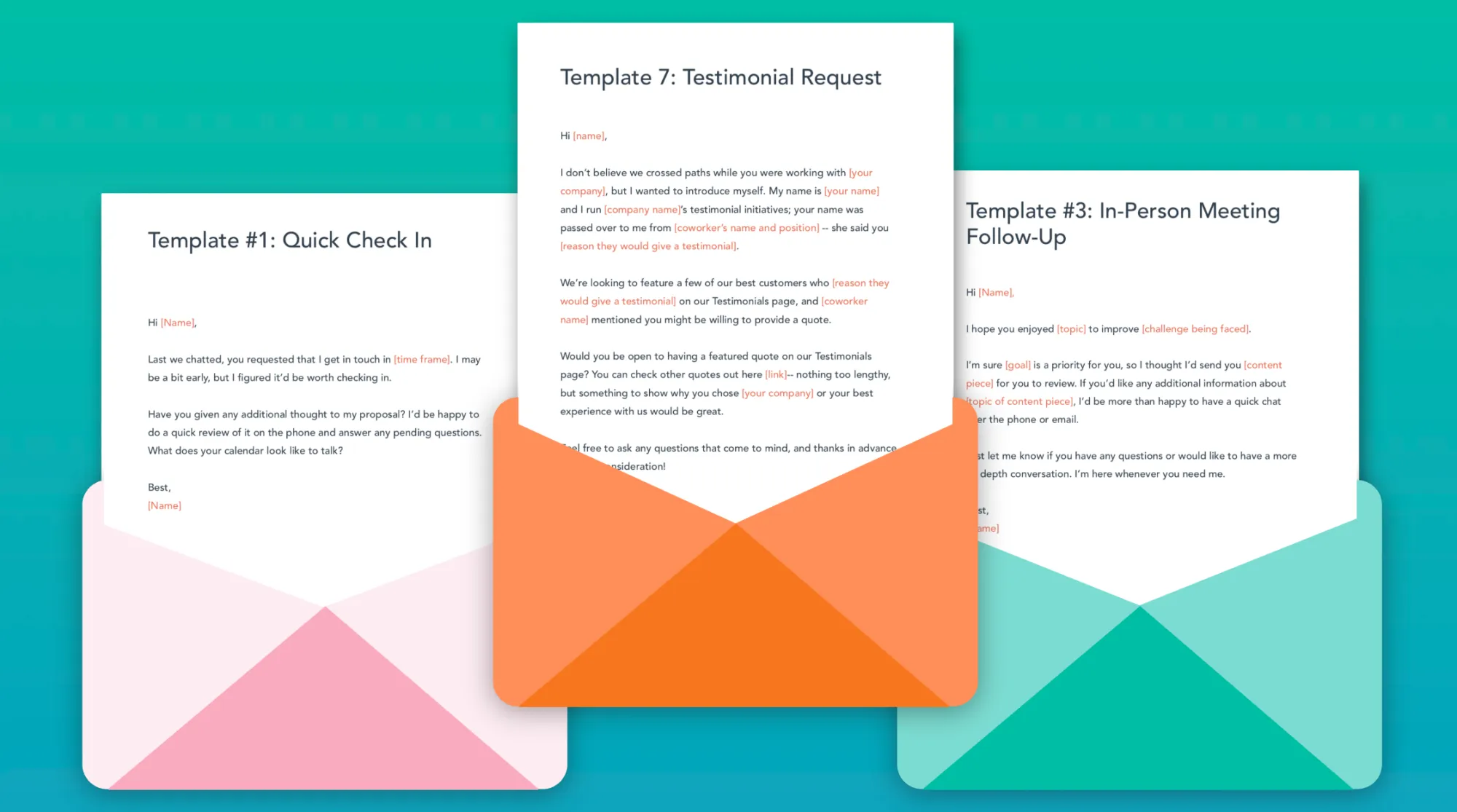
HubSpot gives users instant access to proven email templates they can customize, copy, or download. These are practical, usable, and designed for real business scenarios.
Templates convert because they eliminate friction. Instead of saying “here’s how,” you’re saying “here it is—just use it.”
➡️ Plug-and-play value – Users can act within minutes of download.
➡️ Solves real tactical problems – Often used daily by marketers, SDRs, or founders.
➡️ Drives product discovery – “Want to send this inside our platform?” = conversion bait.
Execution idea:
- Use exit intent pop-ups on blog posts to offer the related template.
- Bundle several templates into a kit and gate it behind a single form.
16. Early access programs
Example: Superhuman’s Waitlist Model
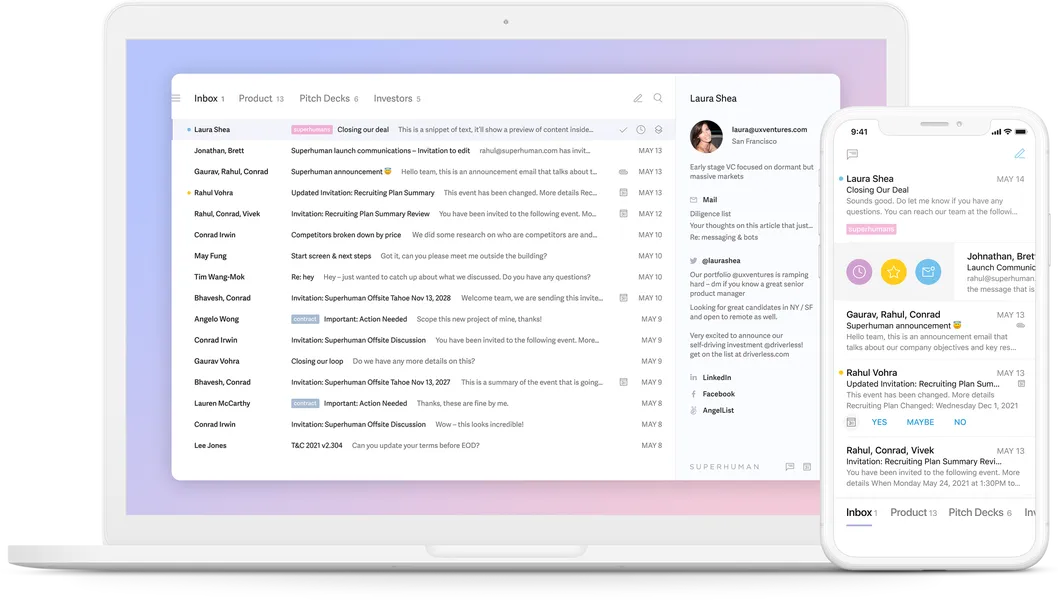
Superhuman built hype by keeping their product invite-only. Interested users had to apply, explain their use case, and wait. That exclusivity created curiosity and drove massive word of mouth.
Early access programs turn gated access into a marketing asset. When positioned right, they flip the usual funnel—people chase you for access.
➡️ Scarcity creates demand – Limited availability implies value.
➡️ Generates pre-launch buzz – Turns users into evangelists before your product is even live.
➡️ Qualifies high-intent users early – Great way to filter ICPs from the crowd.
Execution idea:
- Run the waitlist as a mini-lead funnel with email drips and sneak peeks.
- Offer early access users a bonus (swag, lifetime discount, founder call).
- Drop a Supademo teaser walkthrough to preview what they’re waiting for.
17. Quizzes
Example: The Predictive Index’s Personality Assessment
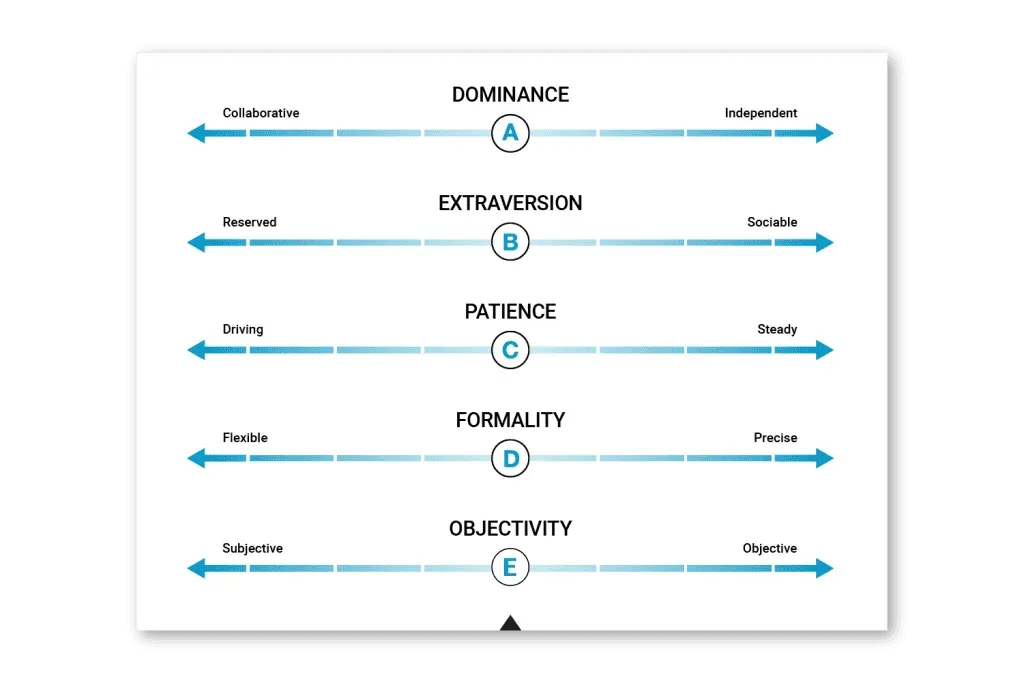
PI offers an interactive quiz that helps users identify their behavioral type and team fit. It’s engaging, surprisingly accurate, and instantly shareable.
Quizzes work because they’re personalized, gamified, and curiosity-driven. And when you gate the results, they become high-converting lead magnets.
➡️ Engages users in real time – People love learning something about themselves.
➡️ Easy to segment post-capture – You know who they are and what they care about.
➡️ Highly shareable – Especially with fun, visual results.
Execution idea:
- Build quiz logic around pain points or product fit.
- Share average results data in a follow-up report or blog post for added SEO lift.
18. Certification courses
Example: Google Ads Certification
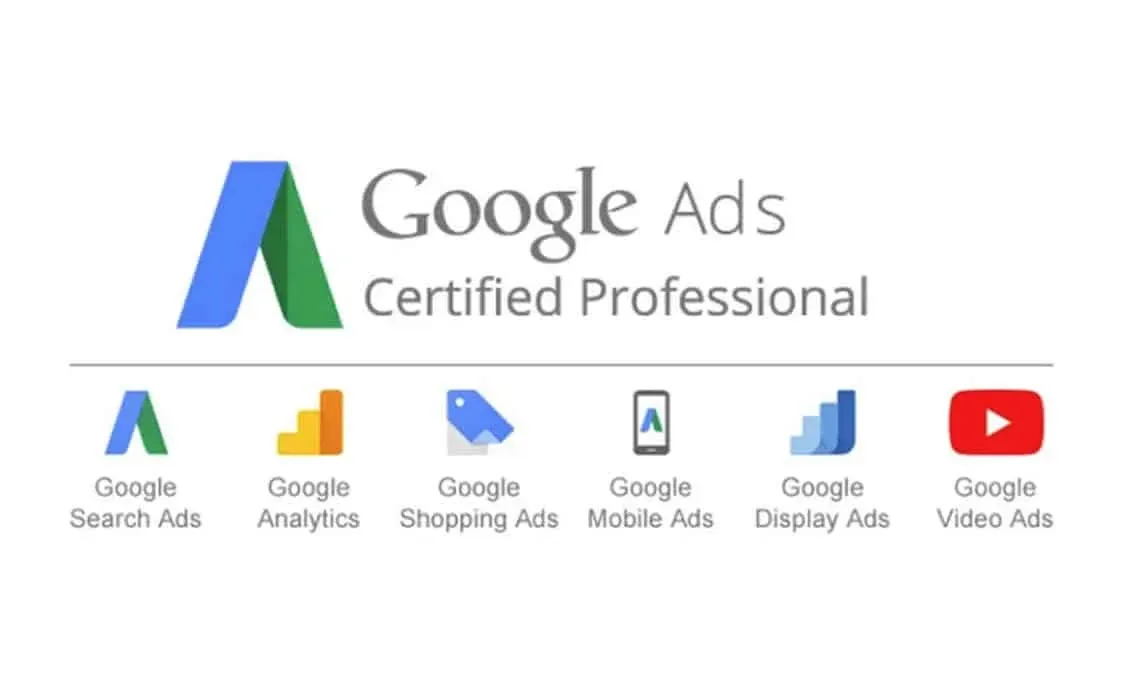
Google’s certification programs are widely recognized and often used by marketers to boost credibility on LinkedIn or resumes. It’s education plus professional value.
Certifications turn learners into advocates. They reward completion, improve product mastery, and foster community around your ecosystem.
➡️ High perceived value – People will trade time and email for credentials.
➡️ Builds long-term loyalty – Certified users are more likely to stick, upgrade, and refer.
➡️ Creates repeatable brand awareness – Especially when shared publicly.
Execution idea:
- Use Supademos as part of the certification test: “Click through this workflow and identify the right action.”
- Follow up with advanced courses or specialized paths (e.g. “For SDRs” vs. “For CS”).
19. Personalized audits or consultations
Example: KlientBoost’s CRO Audit
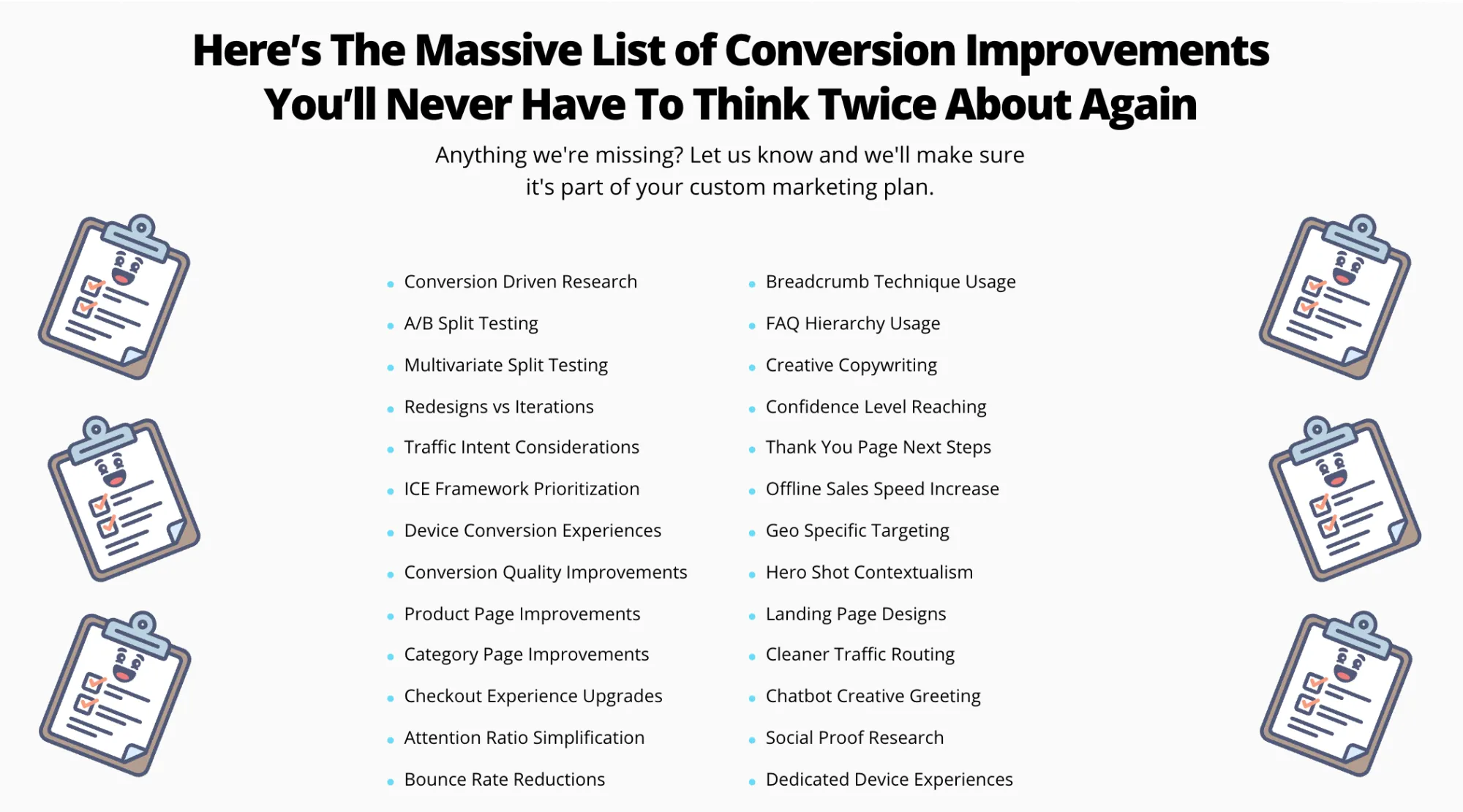
KlientBoost offers free landing page audits where a CRO expert records a video teardown with actionable feedback. It’s tailored, direct, and high-value—no fluff.
Audits convert because they feel 1:1. Even if templatized behind the scenes, they speak directly to a prospect’s current setup and pain points.
➡️ Tailored insights build instant trust – You’re helping before selling.
➡️ Creates natural entry into sales motion – Audit → Problem → Solution → Pitch.
➡️ Great for qualifying serious leads – Time investment filters tire-kickers.
Execution idea:
- Frame it around a bold promise: “Get 3 CRO quick wins in 48 hours.”
- Create audit templates by segment (SaaS, eCom, service) for speed.
- Use insights from audits to build content themes that resonate.
20. Downloadable kits
Example: Shopify’s Store Launch Kit

Shopify bundles checklists, templates, guides, and tutorials into a “Launch Kit” that helps new users hit the ground running. It’s not just one asset—it’s a packaged experience.
Kits work because they increase perceived value and reduce decision fatigue. It’s the Costco model: give more, win faster.
➡️ Combines multiple high-utility assets – “All in one” appeal drives opt-ins.
➡️ Helps users get started faster – Especially powerful for onboarding.
➡️ Increases brand stickiness – Kits become go-to references.
Execution idea:
- Theme the kit by use case: “Product Launch Kit,” “Lead Gen Starter Pack,” etc.
- Include a Supademo in the kit that ties it all together with a visual walkthrough.
- Promote via lifecycle emails tied to onboarding stages or pain signals.
21. Planners and playbooks
Example: ClickUp’s Productivity Playbook
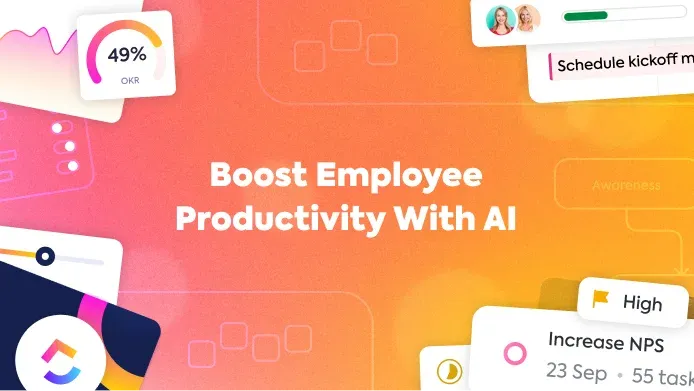
ClickUp created a multi-page playbook that walks teams through how to structure tasks, plan sprints, and build repeatable systems. It’s not just theory—it’s execution guidance.
Planners and playbooks work because they bridge the gap between knowing and doing. They’re also highly adaptable to your product’s workflows.
➡️ Tactical, action-driven content – Focused on implementation, not fluff.
➡️ Perceived as expert guidance – Comes with built-in credibility.
➡️ Ideal for internal team sharing – Gets passed around, increasing visibility.
Execution idea:
- Include callouts in the playbook like: “Want to see this in action?” → link to Supademo.
- Offer co-branded versions to partners or community leaders.
- Run paid ads targeting niche roles (e.g. PMs, CS leaders) with planners built for them.
22. Exclusive resource Libraries
Example: HubSpot’s Marketing Resource Library
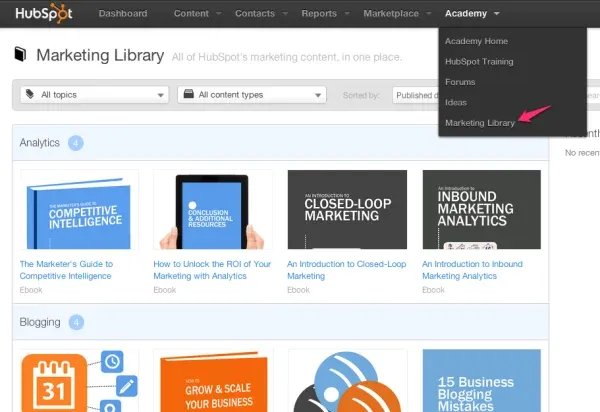
HubSpot offers an exclusive collection of templates, guides, eBooks, and more—available only after users provide their contact info. It’s a comprehensive, curated library that offers great value for marketers looking for ready-to-use resources.
This approach not only attracts leads but also builds authority in the marketing space.
➡️ High perceived value – The resource library feels like a complete package, offering numerous tools and templates in one place.
➡️ Encourages exploration – Once inside, users are likely to explore multiple resources, increasing engagement and time spent with your brand.
➡️ Highly shareable – People love sharing valuable, curated content. This can lead to organic growth via word-of-mouth and referral traffic.
Execution idea:
- Divide the resources into clear categories (e.g., “Email Marketing Templates,” “Social Media Guides,” etc.) to make navigation intuitive.
- Make the resources downloadable in different formats (PDFs, Google Docs, Notion templates) to appeal to different preferences.
Tips for creating high-converting lead magnets
Most lead magnets fail for two reasons: they try to do too much, or they look like an afterthought. A great lead magnet is focused, frictionless, and conversion-optimized.
Here’s how to nail it:
1. Keep it focused and solve one problem
Don’t try to teach your entire methodology. Solve one urgent, specific issue. Think: “Fix X” not “Understand Y.”
2. Use plain language and tight structure
Write like you talk. Bullet points. Short sentences. Give people the clarity they’re too busy to find elsewhere.
3. Make it look pro
Design matters. A clean layout, strong headline, and a bold CTA button can double your opt-in rate. Treat the landing page and asset as a branded experience—not a PDF afterthought.
4. Test formats, not just headlines
One audience may love a checklist. Another wants a demo. Run A/B tests across formats and CTAs to find what moves leads to action.
Wrapping up!
Lead magnets aren’t just about email capture—they’re the first value exchange in your sales process. Get it right, and you’ll turn strangers into subscribers, subscribers into buyers, and buyers into advocates.
There’s no one-size-fits-all. Try different formats. Track your conversions. See what actually gets downloaded, clicked, and shared—and iterate fast.
If you're looking to create high-converting, interactive lead magnets easily, Supademo is built for that. You can create product tours, walkthroughs, and onboarding flows that double as powerful top-of-funnel magnets.


